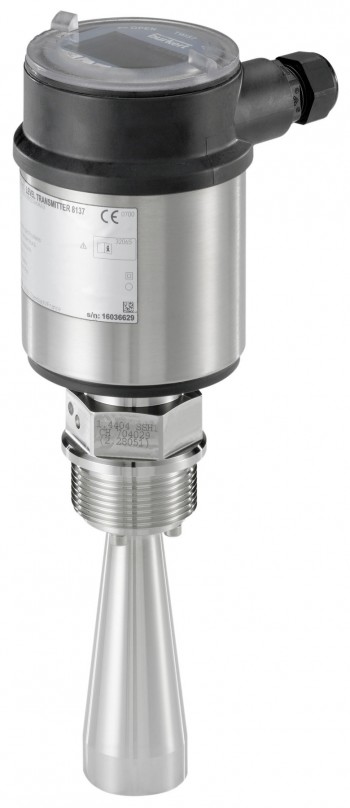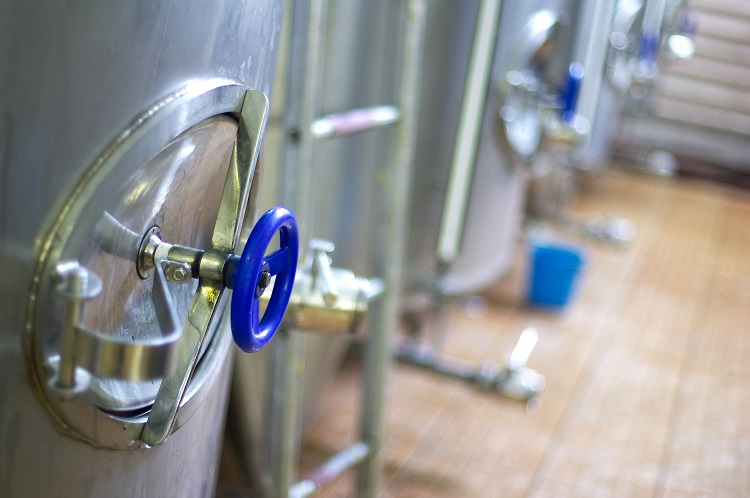Different types of level sensors and level sensing technology
Sensors are an essential component of any Process Control application. Storage vessels form a crucial part of any fluid control process and so accurate level detection is essential to enable the process controller to maintain normal levels and provide warnings if these parameters are exceeded.
In some cases the process may involve very aggressive media or potentially explosive atmospheres, so it is very important that the correct level sensor, utilising the correct level sensing technology is carefully specified into the application.
Different types of level sensors
In this series of Tutorial articles, Bürkert’s Process Control specialist, Kieran Bennett talks us through the range of level sensors available today and explains the different technologies used in level sensor design & specification.
Click here for the tutorial on different types of flow meters.
Ultrasonic level sensors for non-contact measurement
The ultrasonic level sensor is probably the most widely used non-contact sensor since it is very versatile and can be used to calculate volume and flow rates in open channels. The measurement principle is very simple, involving short ultrasonic pulses which are reflected off the surface of the media and the measured distance is interpreted as a continuous level measurement.
These sensors are well suited to aggressive media and modern designs allow for very precise measurement, even in vessels containing built-in fixtures which might otherwise disrupt the echo signal. Sensors can be specified to measure a wide range of distances as well as for operation within Ex-designated areas.
Radar level transmitters for hygienic applications

For applications requiring level measurement over a greater distance, then the use of radar level transmitters may be required, with capabilities up to 30 meters. These devices are usually very well protected and suitable for operation with aggressive media and high pressures as well as hygienic applications. The principle of measurement is very similar to the ultrasonic sensors but using very short radar pulses instead.
Guided microwave level transmitter
The guided microwave level transmitter is designed to operate with aggressive media and under high pressure, especially over larger distances, in some cases over 30m. A high frequency microwave pulse is guided along a steel cable or rod. When the pulse reached the media surface, it is reflected back and the internal electronics interpret the time taken into a distance.
These sensors provide a continuous reading of the media level with the vessel.
Usually manufactured from stainless steel, these transmitters typically have ingress protection ratings of IP66 and above, with options to provide Ex versions where appropriate. Some sensors incorporate a visual display of the level as well as providing the level signal to the process controller.
Tuning fork level sensor
For applications where there is turbulence, air bubbles or varying products, the tuning fork level sensor can be used to detect overfill or to prevent dry-running. The tuning fork is peizo-electrically energised and vibrates at its mechanical resonance frequency of approximately 1200 Hz. When the fork is submerged in the media, the frequency changes and this change is detected by the internal oscillator and converted into a digital output signal.
Get the latest process industry news
Interested in receiving even more industry-leading news from Process Industry Forum delivered directly to your inbox? Then sign up to our free newsletter. Bringing you the latest news, trends, innovations and opinion from across the process industry, our exclusive newsletter gives you all the industry insights of the moment in one, easy-to-digest bulletin. Stay ahead of the competition with regular process industry news instalments from PIF.


